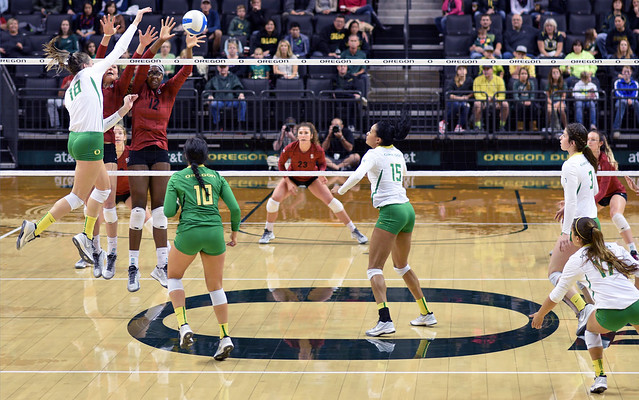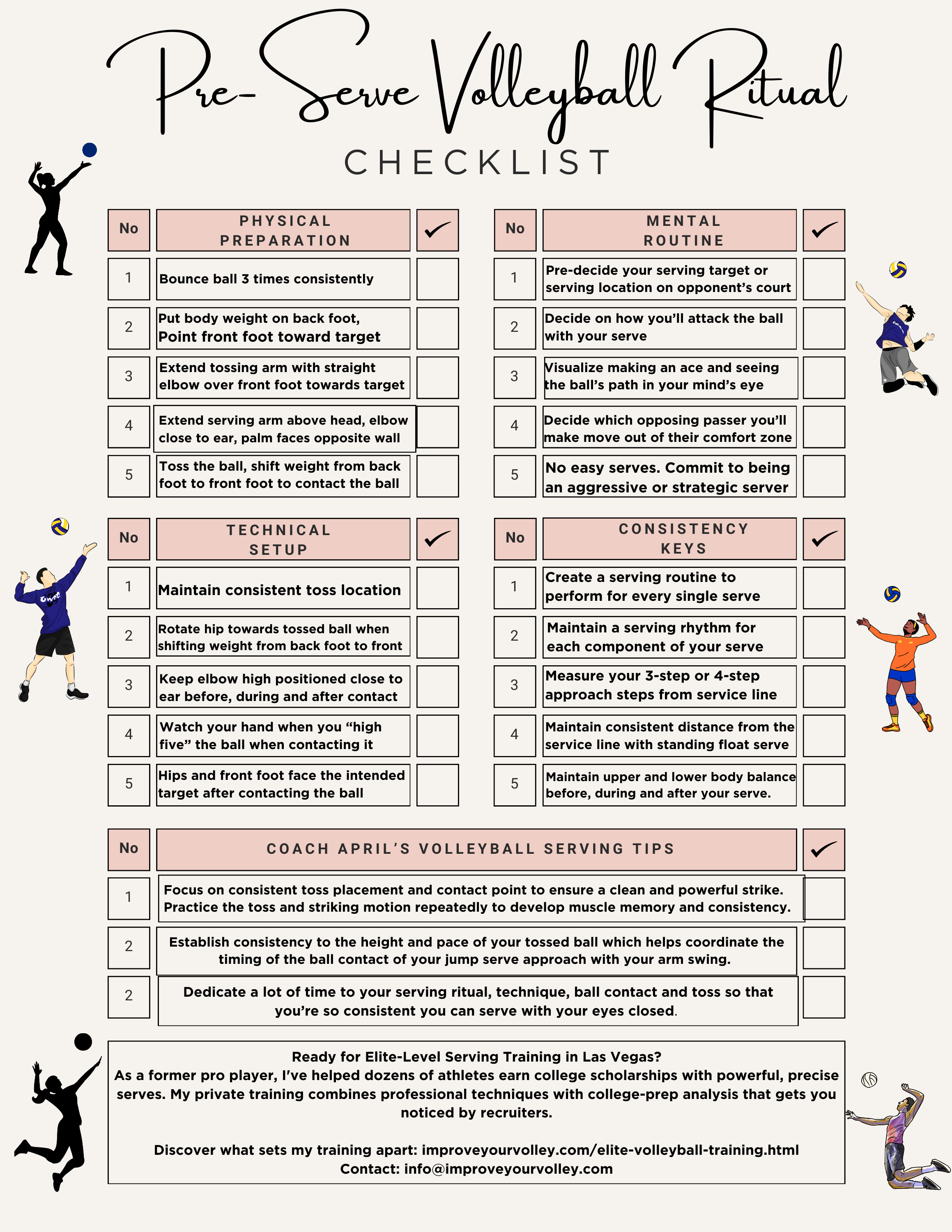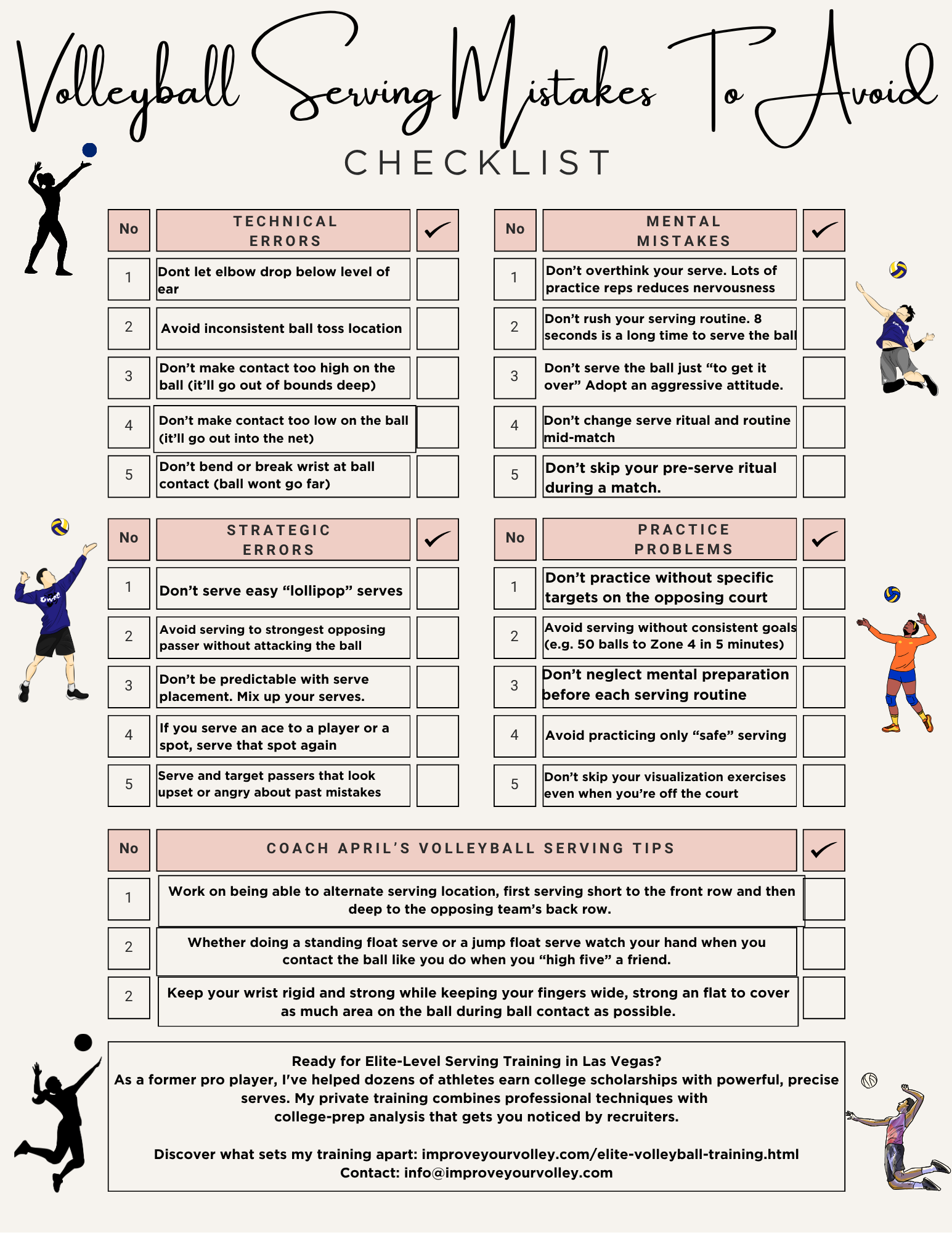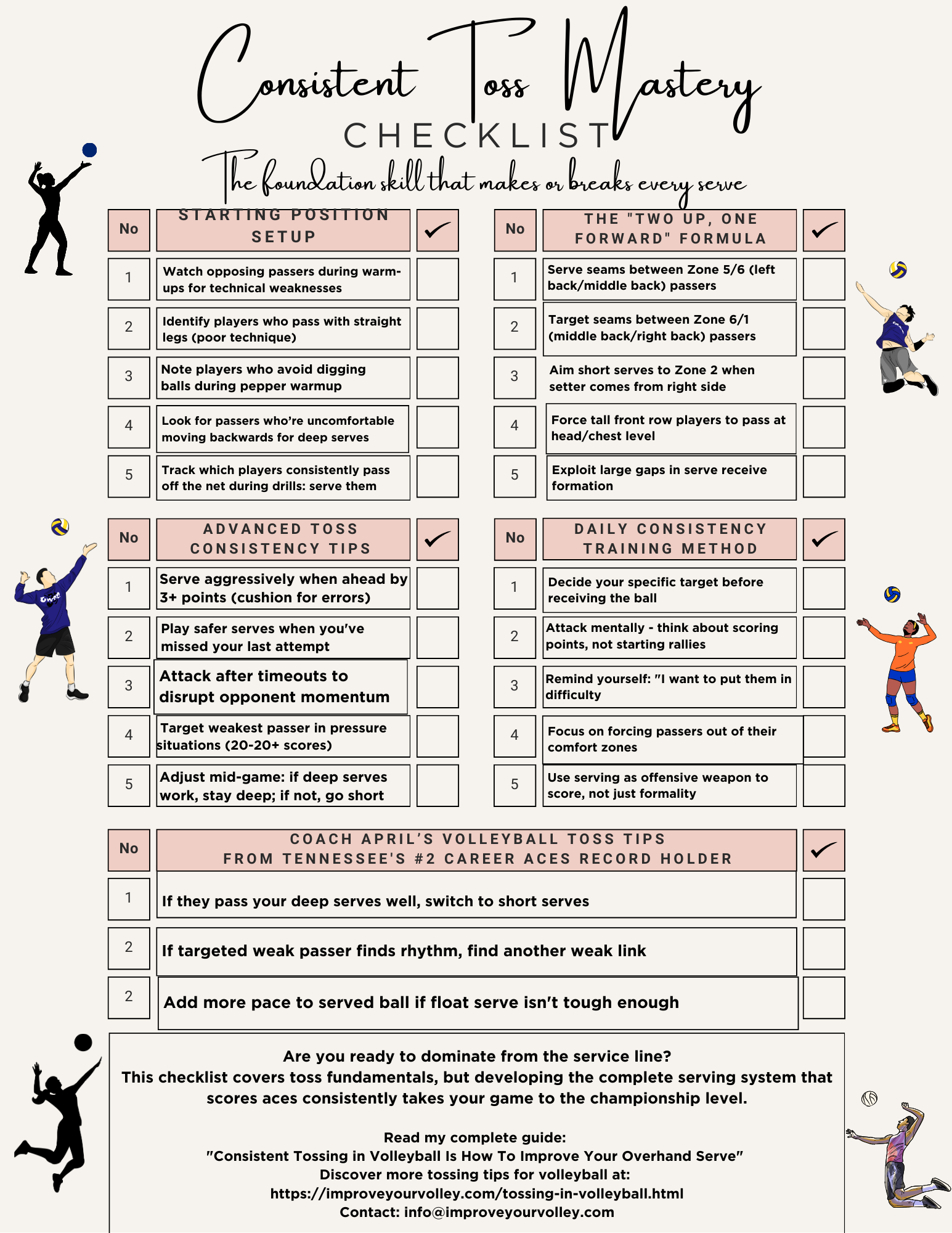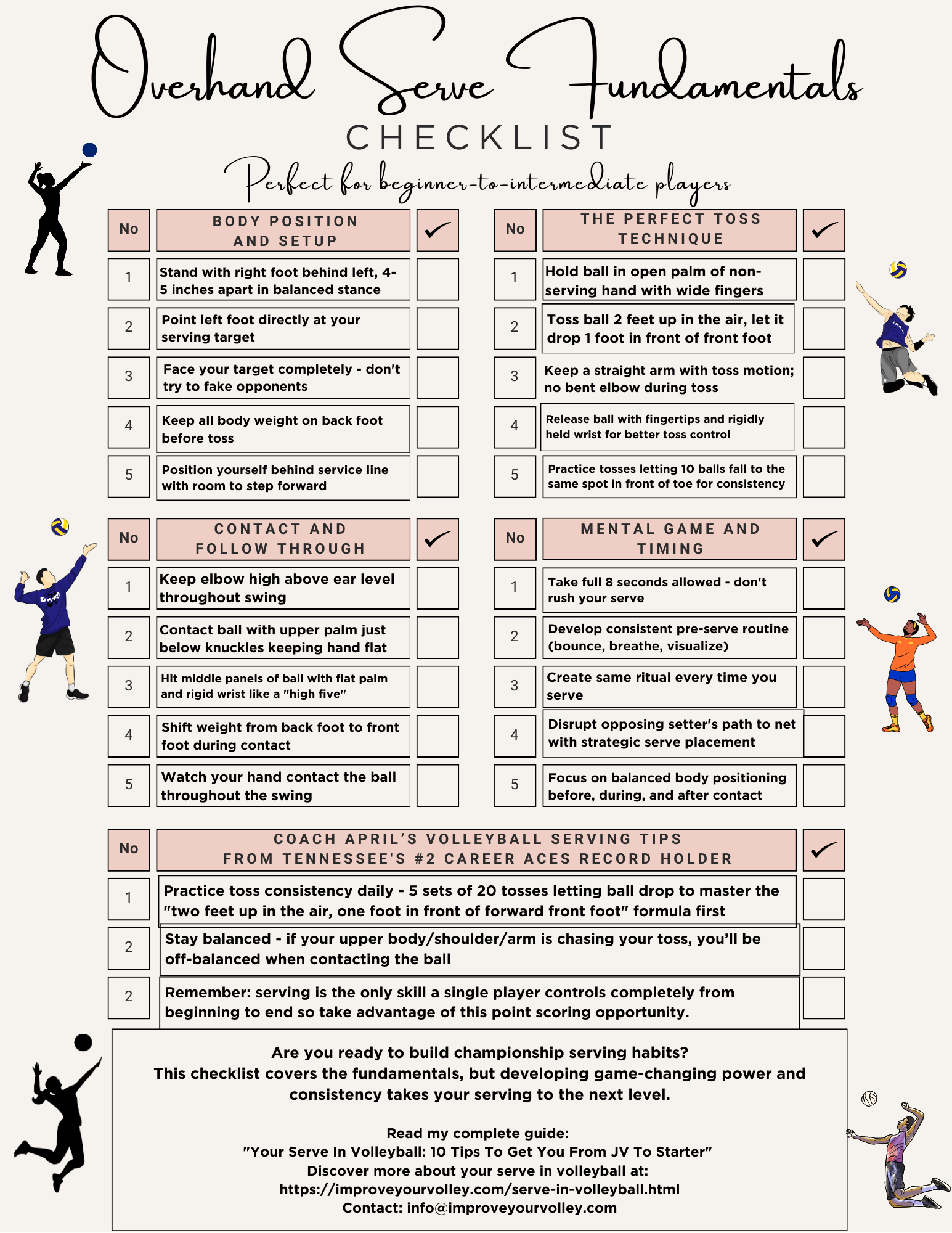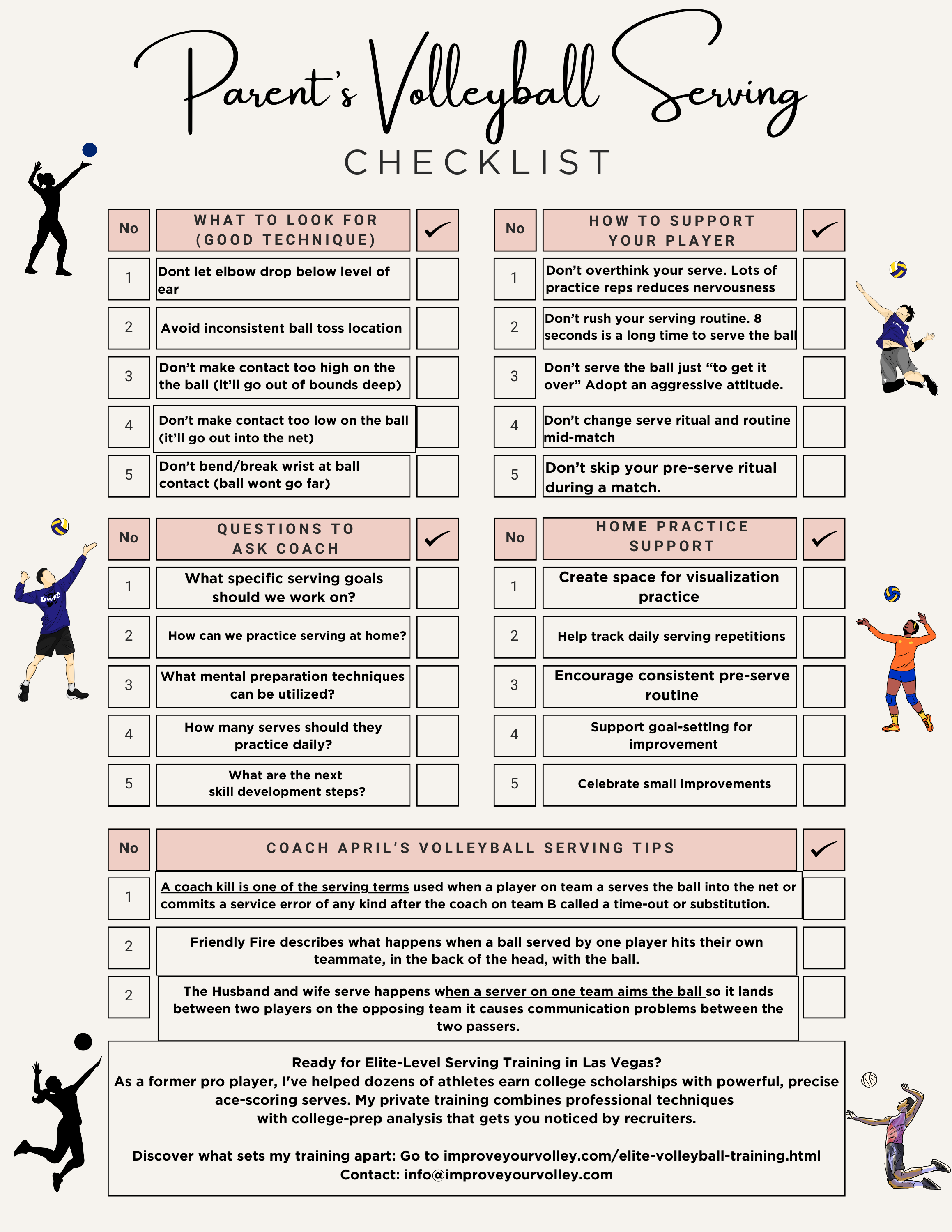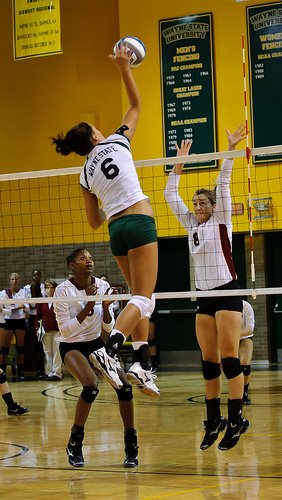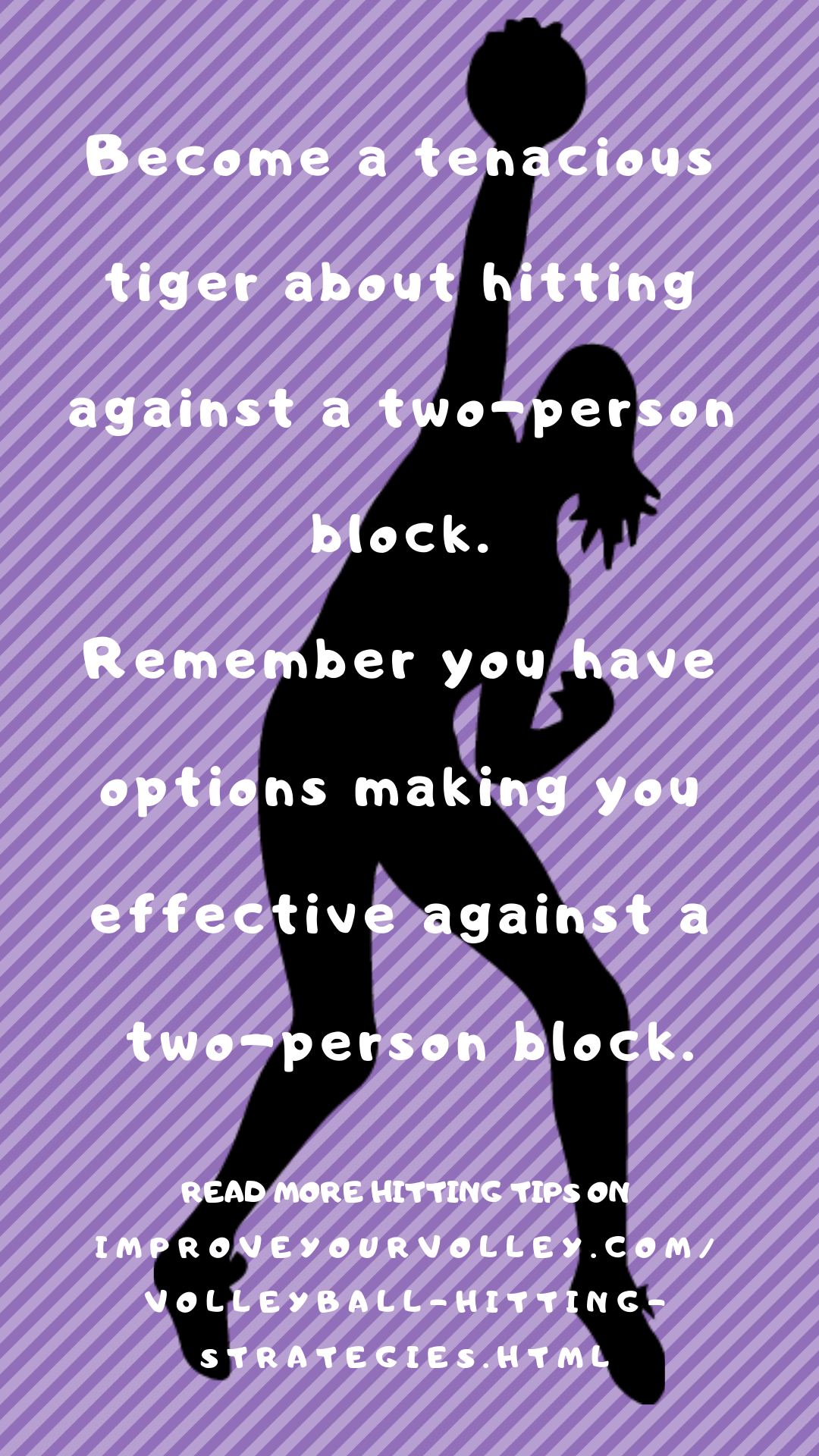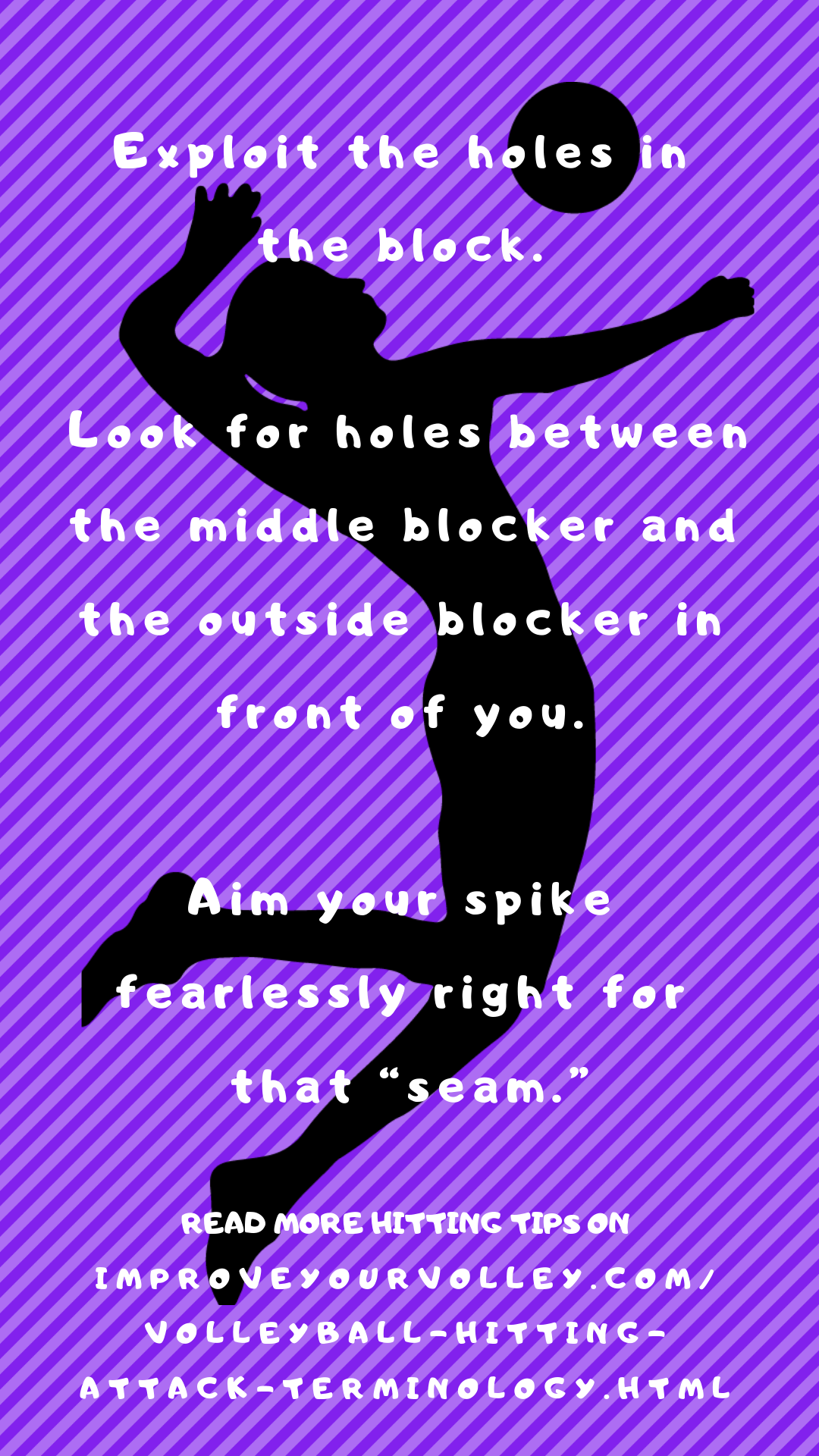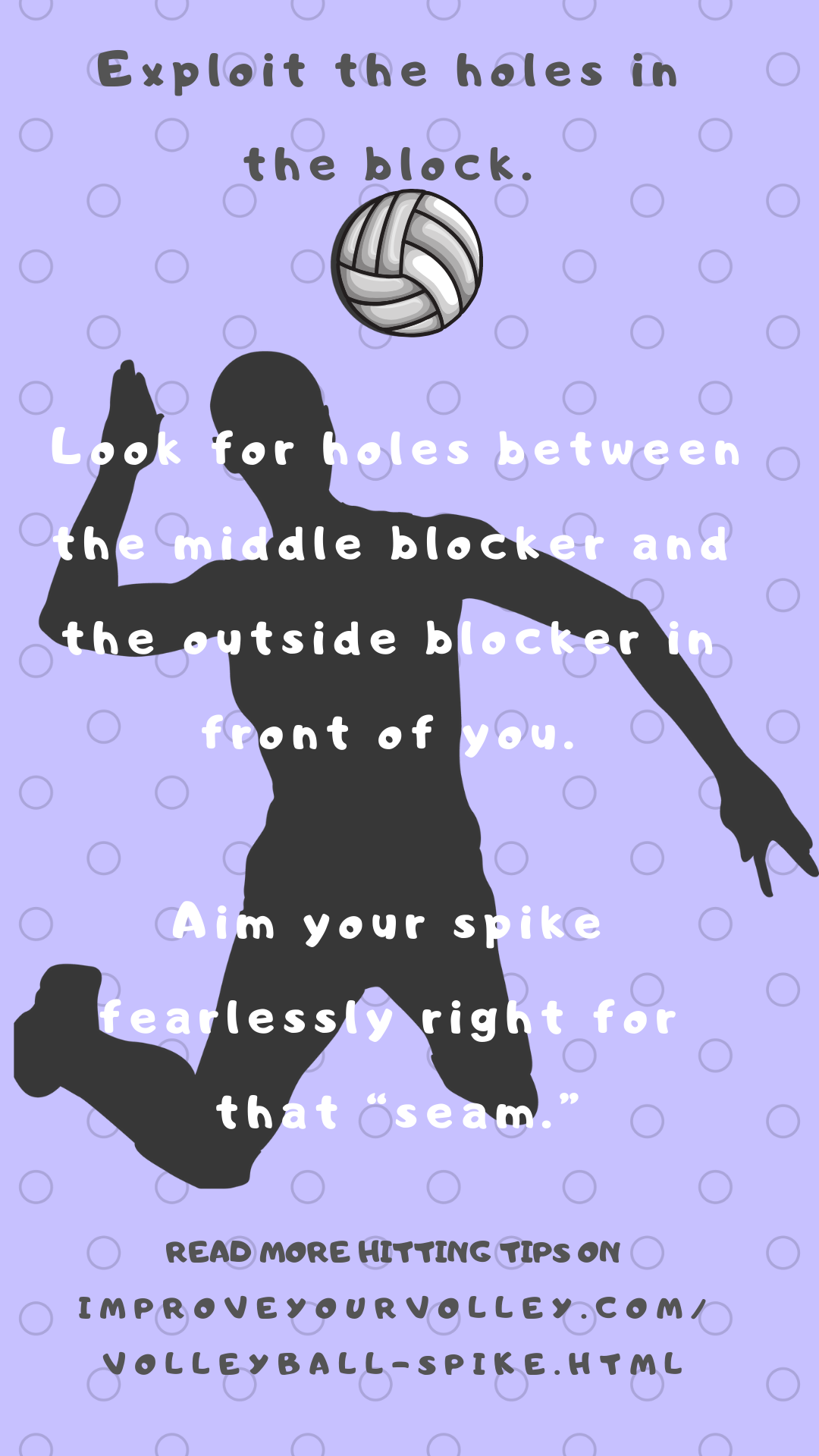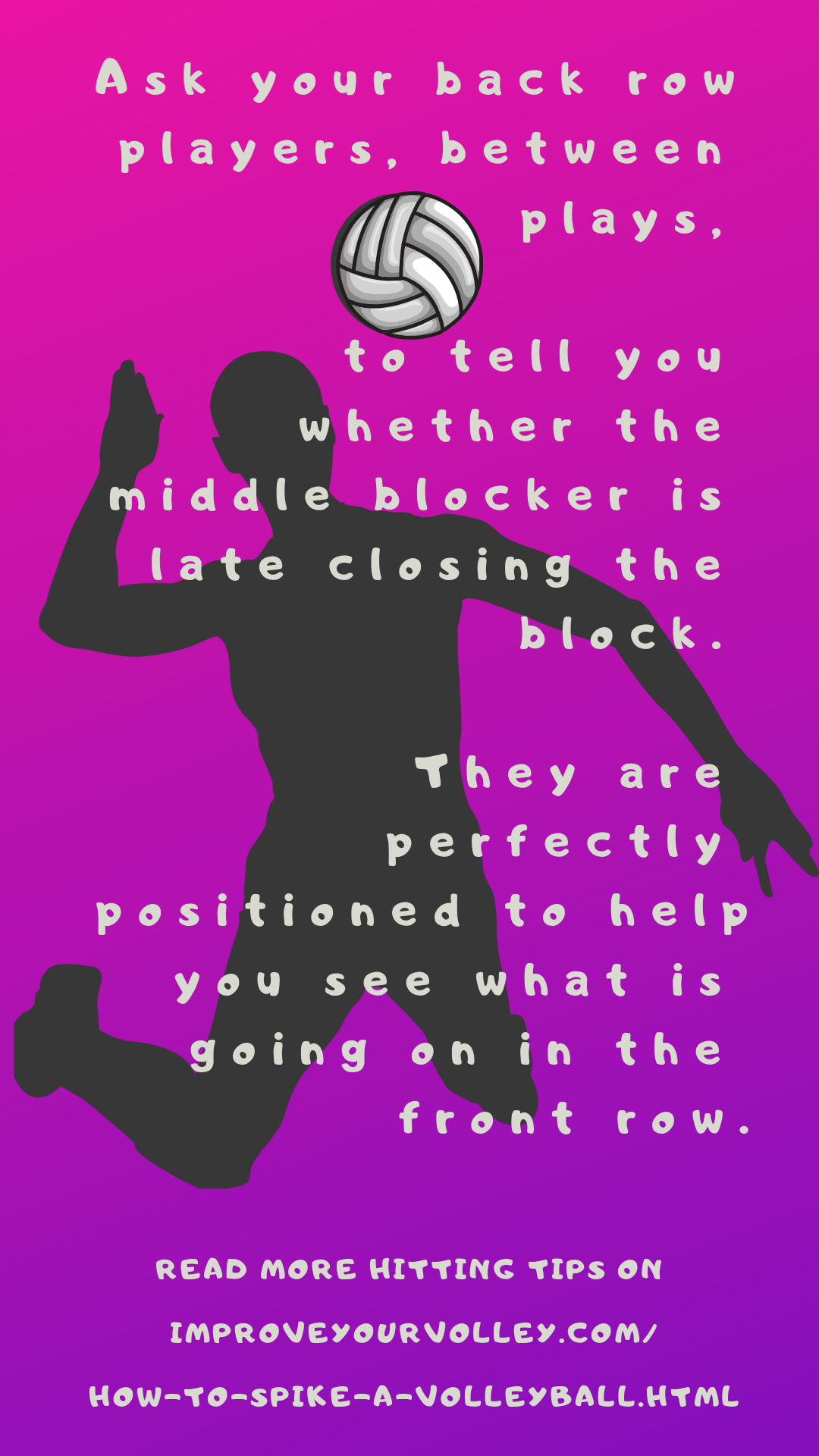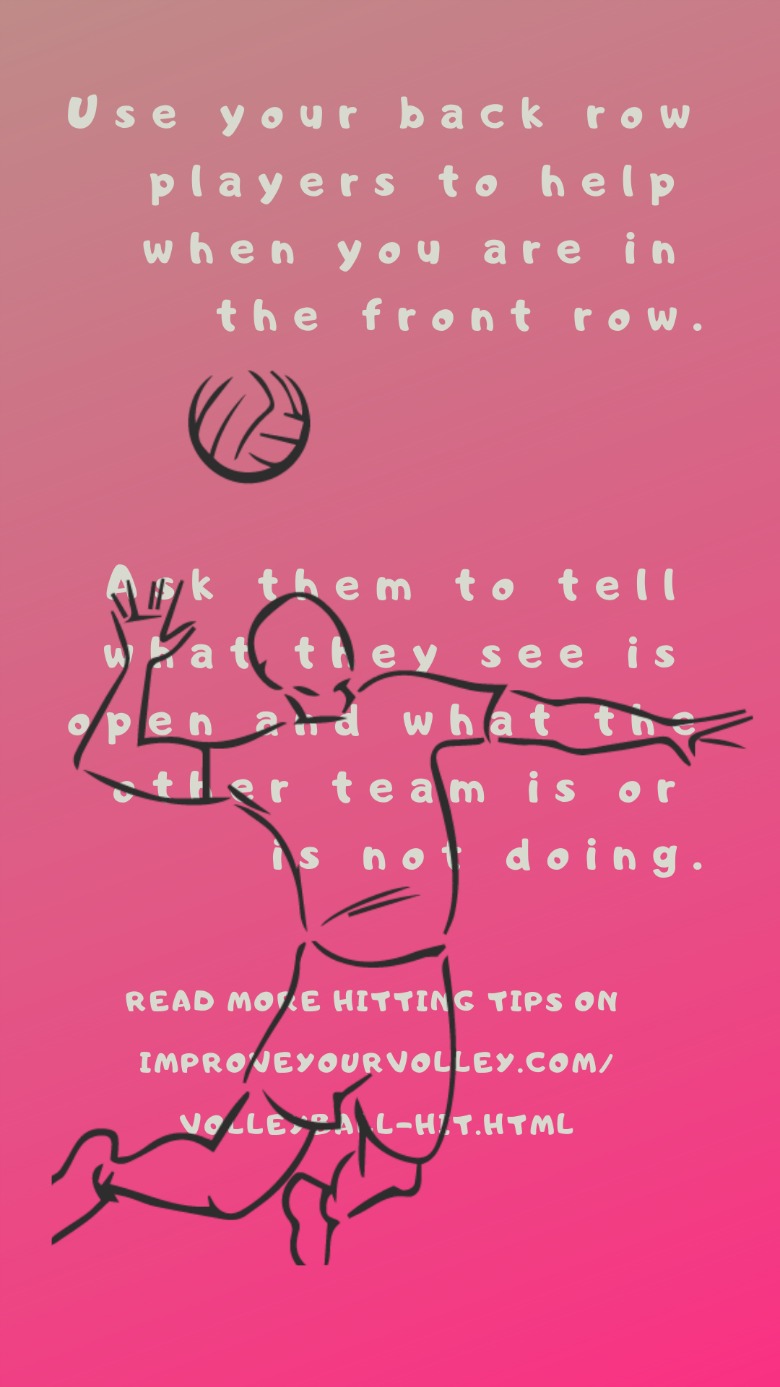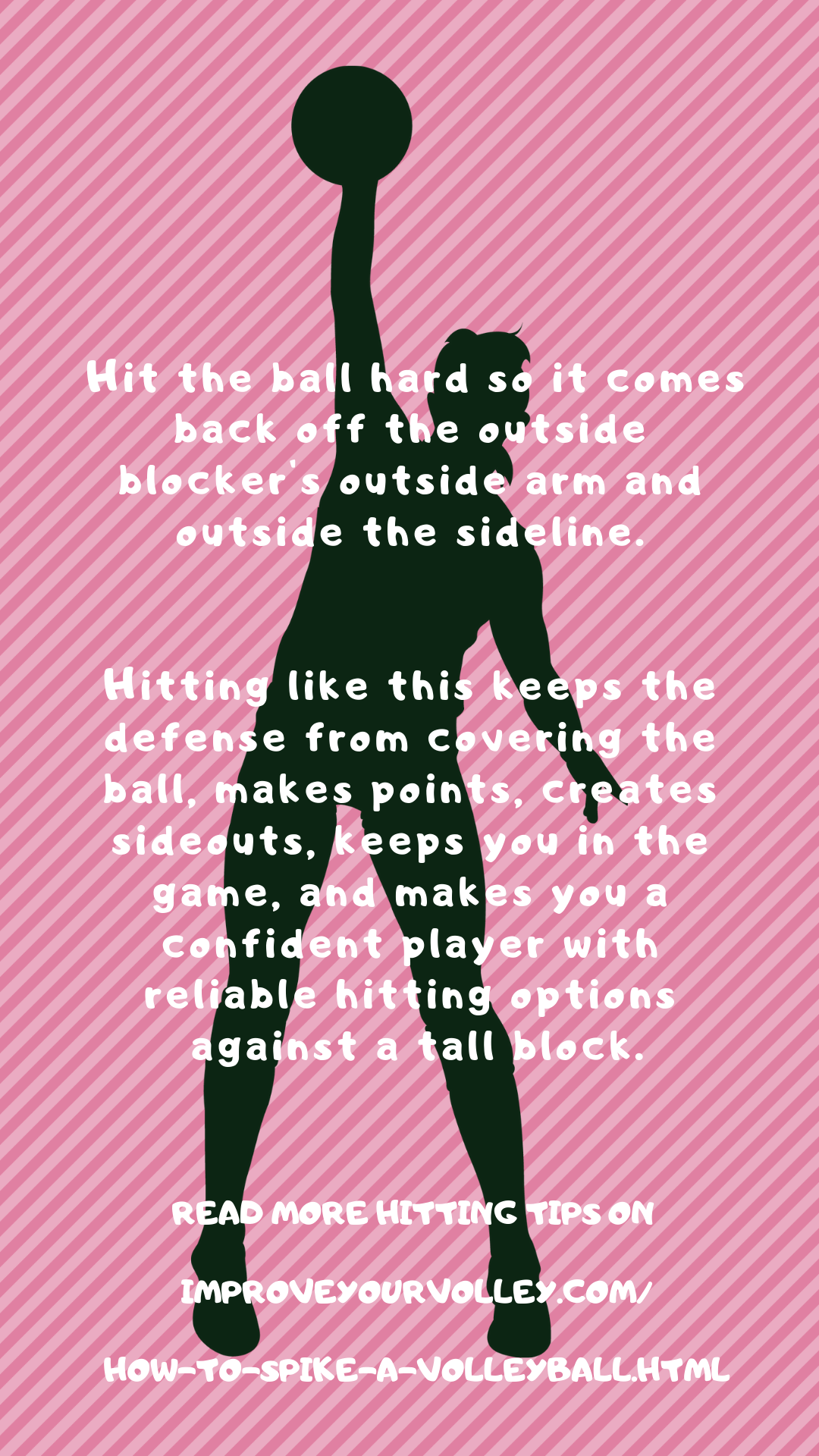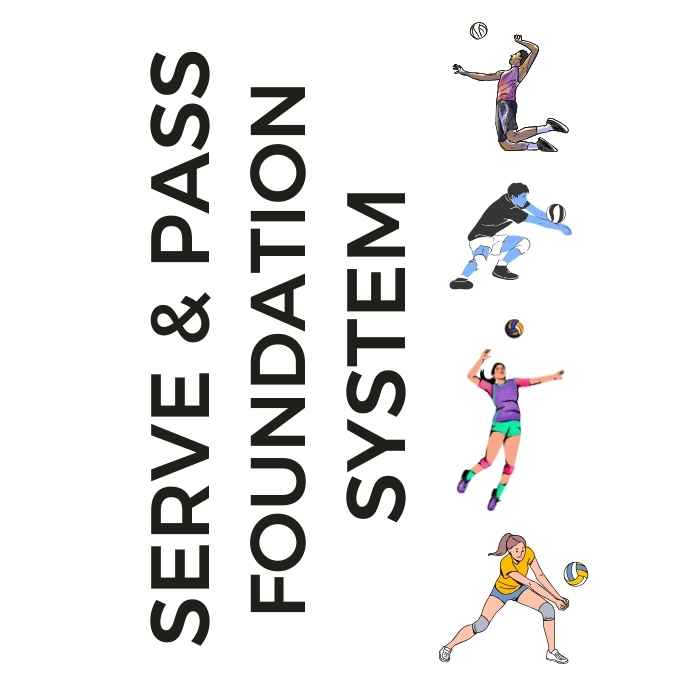
Serve + Pass Foundation System: The Complete Skills Arsenal The two-skill mastery system that transforms inconsistent players into the athletes coaches build their lineups around. Stop Struggling With The Two Most Important Skills In Volleyball!
- Improve Your Volleyball with Coach April
- Volleyball Techniques Fix Your Pass, Set, Serve,
- How To Spike in Volleyball 7 Attacking Techniques T
How To Spike in Volleyball 7 Attacking Techniques To Improve Your Hits
How To Spike in Volleyball. The left side spiker is one of the team's main offensive weapons who uses these 7 attacking techniques in volleyball to score.
If you're an outside hitter also known as a left side spiker in volleyball on your team here are seven ways you can improve your point scoring abilities which will help you score points with different kinds of sets and in several different situations while helping your team dominate opponents at the net.
I'm reprinting here on my site, the article I wrote for Active.com.
If you're one of your team's outside hitters here are seven simple ways a spiker in volleyball can improve their spiking technique, help you score points with different kinds of sets and in several different situations while helping your team dominate opponents.
How To Spike in Volleyball To Score Points
Practice "wiping the block" with a coach
Practice "wiping the block" with a coach.
The coach stands on a table or chair with a flat wooden board a couple inches above the volleyball net.
How To Spike in Volleyball To Score Points Aim straight ahead with your spiking arm
..."follow through, finishing with your spiking arm coming down across your body.
The ball comes back over your outside shoulder to the outside of the volleyball court.
How To Spike in Volleyball:
Practice "wiping the block" at home
...at home with a ball against your garage.
Without jumping, practice your arm swing hitting the ball into a square you've marked off in chalk to a spot about three to four feet above your forehead.
How To Spike in Volleyball:
Aim and hit standing four feet away from the spot
Your goal is for the ball to bounce back to the left side outside of your body.
It goes to the right side if you are left handed.
How To Spike in Volleyball:
Mix up your shots...
...especially in long rallies.
This keeps the block guessing and off balanced about what you are going to do and how you are going to attack next.
How To Spike in Volleyball:
Watch where the opposing team sets up in defense
... when you are in the back row on defense.
How To Spike in Volleyball:
Learn to "own" the middle
...of the opposing team's court.
How To Spike in Volleyball Techniques:
Where You Should Go From Here
Got it? Good! Where do you need to go now? Here are three options:
- Learn more about Hitters and Spiking by exploring the Related Links below.
- Follow the suggested reading on our Sitemap page Learning How To Play (Sitemap)
- Or visit the pages in the Volleyball Positions section in the drop down menu at the top of the page.
- Reintroduce yourself to Mr. TT. MUGB, #7 , the left side outside hitter and for the All Beast VolleyBragSwag All Star Team.
Meet T.T. Mugb, aka "Things That Make U Go Boom"
Lion and Ouside Hitter on VolleyBragSwag's All Beast Team
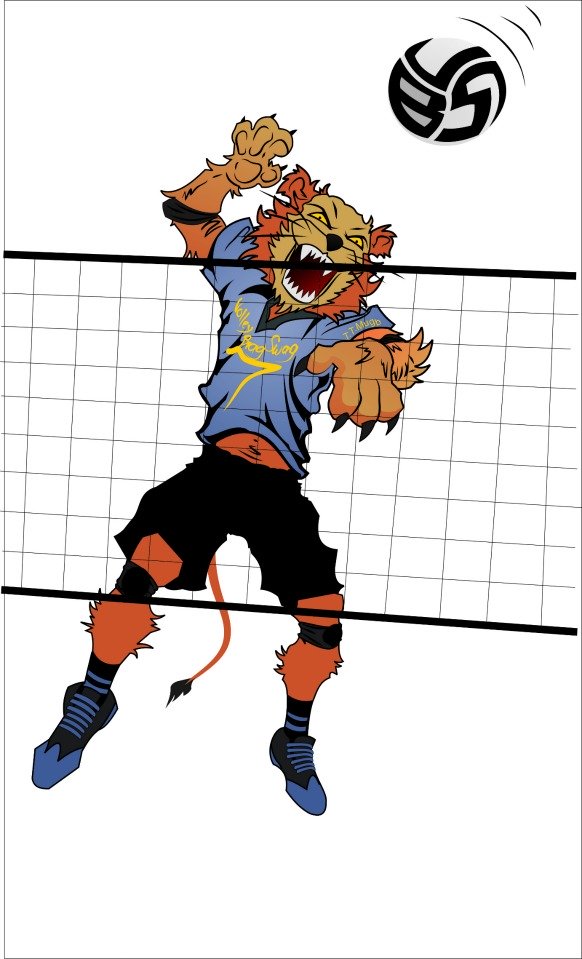
If your athlete struggles with consistent serve receive, gets subbed out, or is overlooked for playing time—this is the fix you’ve been looking for.

Struggling with passing consistency?
I help talented passers tired of getting pulled from games because of inconsistent serve receive skills BUILD passing confidence without expensive private lessons using the same 3-step system that's helped dozens of my athletes get recruited.
Download my eBook for $17.99 and start building the passing confidence that keeps you on the court—and gets you seen by college coaches.
From Lady Vol to Legend: Coach April Produces Powerful Passionate Players...is that you?
What Are You Looking For?
Click to Download Your Pre Serving Ritual Mastery Checklist pdf:
🎯Volleyball Pre Serving Ritual Guide -
Players! Learn How To Transform Your Serve from Weak to Weapon
Click to Download Your Parent's Volleyball Serving Checklist pdf
🎯Parent's Volleyball Serving Checklist Guide
Parents! Help Your Player Develop Championship Serves (Even If You've Never Played)

Hi there!
Thanks for stopping by. Hope you learned something today that will help you reach your volleyball goals.
Be sure to subscribe to my email newsletter so you can learn more each week!
Stay strong! Stay motivated!
-Coach April

SUSCRIBE to my email newsletter below!
 Click to learn more about the weekly volleyball classes and clinics or email info@imrpoveyourvolley.com for information
Click to learn more about the weekly volleyball classes and clinics or email info@imrpoveyourvolley.com for informationCongratulations to my seven Boys-18s Vegas Volley club players who played in two state championship finals yesterday, the 3A and 5A State champinship finals at Sunrise Mountain High School.
TOURNAMENT CHAMPIONS!
A-1 Vegas Volley VBC
In It To Win It Tournament
May 2 - 4, 2025 Tournament
Gold Medalists
18s Premier Division
Improve Your Spike Hit
Vegas Volleyball's Unsung Heroes: Celebrating Moms with Peace Love Volleyball Shirts
Ready to energize your volleyball mom journey?
Subscribe to my 'Producing Powerful Passionate Peaceful Players' email list above on ImproveYourVolley.com.
You'll receive energy-boosting tips, exclusive insights from me, Coach April Chapple on maintaining momentum in volleyball.
Let's power up the Vegas volleyball scene together!
Recent Articles
-
3 Beach Volleyball Hand Grips How Do You Hold Your Hands When Passing?
Dec 20, 25 05:32 PM
The purpose of the volleyball hand grip you use to pass a ball is to help keep your elbows straight and to insure you have a very flat and wide a platform. -
5 Essential Serving Tips from Tennessee's #2 Career Aces Record Holder
Dec 09, 25 11:39 PM
I've identified the 5 essential serving tips that separate confident servers from struggling ones and you'll serve with the confidence that creates aces -
The Volleyball Toss How Consistent Is Your Ball Toss Before You Serve?
Dec 07, 25 12:29 AM
The volleyball toss for the overhand serve needs to consistently be two feet up in the air and one foot in front of front foot which puts the ball in front of your serving arm.


